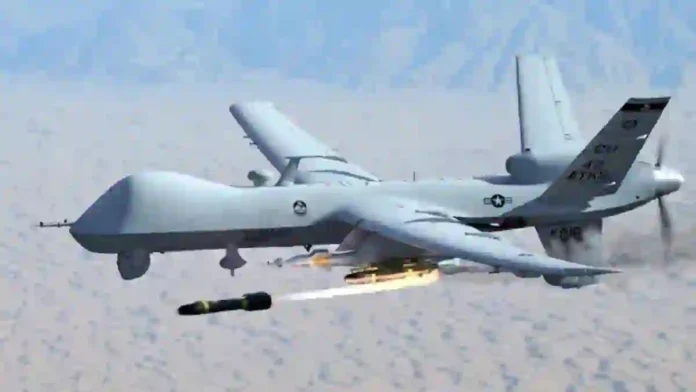The Ministry of Defence is preparing to go to the Cabinet Committee on Security (CCS) for the final nod on the much awaited Predator drone deal which was cleared by the Defence Acquisition Council (DAC) on July 30. The transaction will be with General Atomics of the United States for an estimated amount of USD 3.1 billion.
Despite its secrecy over the process of the forced ACA introduction, this author learns that the Cost Negotiation Committee or CNC has settled on the pricing. The next process is having the spending authorized by the finance ministry for the expenditure and then having the acquisition approved by the CCS. Last month, the state assured consumers that it was in a hurry to sign the deal before October 31 because any delays will compel the manufacturer to review the prices.
The Modi government is acquiring 31 new hunter-killer MQ-9B Predator drones with air-to-surface missiles and laser-guided bombs from the US’s General Atomics via a government-to-government contract. Out of the total 31 drones, 16 are to be used by the Indian Navy to enhance the naval security in the Indian Ocean region, 8 are to be used by the Indian army for target specific operations on the borders and also 8 drones by the Indian Air Force for the same purpose.
In August this year when Defence Minister Rajnath Singh visited the US, the manufacturer explained to him and his delegation about the UAV. The MQ-9B predator is also operational; the drone has been used in the Middle East and Afghanistan for accurate bombings and taking out high profile enemies.
India has been flying two unarmed Sea Guardian drones, a version of the predator, at INS Rajali in Tamil Nadu for better maritime situational awareness. These platforms rented from General Atomics have proved useful in surveillance of large areas such as Sunda Strait in Indonesia, Suez Canal and the South Indian Ocean. Originally the lease was supposed to end in January 2024 but the Indian Navy decided to extend the period by four years.
As more countries employ the unfolded drones in ongoing conflicts like Ukraine and Gaza, India needs to build its forces. Even non-state actors such as the Houthi group of Yemen and Hezbollah of Lebanon have used drones for attacking global shipping and Israeli interests. With this change in warfare, it is crucial for India to acquire armed drones, especially as China and Pakistan both have CH-4 weaponised UAVs with the latter being provided by the former.
Agencies




